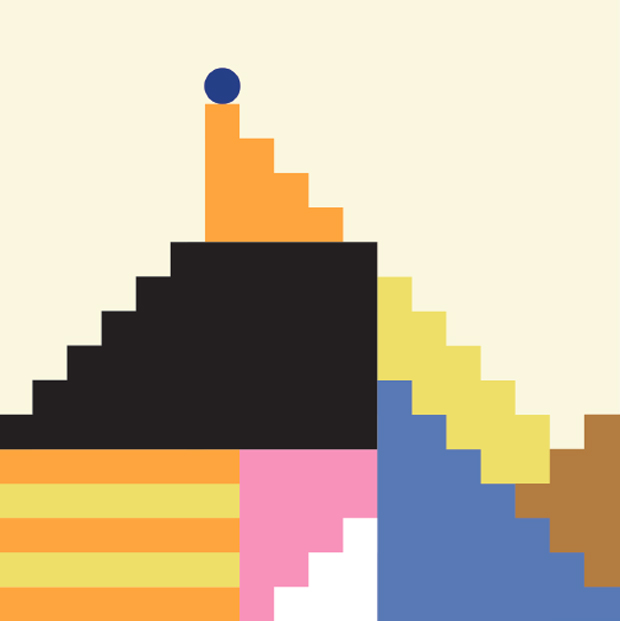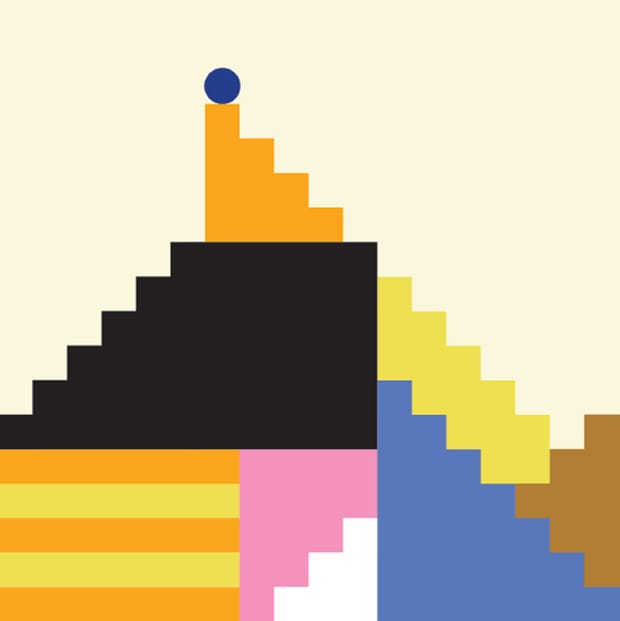Following our article about entrepreneurial designers, we'll bring you tips on 'how to...' all week from the adventurous designers who have turned passions into day jobs. Kicking off is Dominic Wilcox on inventiveness...

How to… Invent something
By Dominic Wilcox
Dominic Wilcox works between the worlds of art, design, craft and technology to create innovative and thought provoking objects such as a pair of shoes with inbuilt GPS to guide the wearer home; a stained-glass driverless car of the future and a football smoothie maker – you put the fruit inside a football, of course.
1. Find a problem. The world is full of them. If you can't find a problem then make a problem. If you can't make one then look closer. Beyond lying down with my eyes closed, everything is a problem. To drink a glass of water I have to sit up, look at the glass, grip it with my hands and lift it to my mouth. These are all problems and inconveniences that I really could do without. Design is problem solving.
2. Once you have your problem then you need an idea for a solution. I actually encourage people to start working on an idea before they are 100 per cent sure it is a great one. By starting something it kickstarts your brain on a creative journey, you will find a way through it and come out at a new place with a better solution. Many people say 'oh I can't draw', but this is nonsense. The drawing doesn't have to hang in a gallery for your mother to look at, it is simply a way for youto visualise your thoughts. It will help you think. When you draw, another part of your creative and analytical brain is accessed. You start to see the challenges and find their solutions.
3. After the drawings you can quickly make a prototype. Many young designers look straight for their digital comfort blanket: the laser cutter or 3D Printer. However, in my view there is too much distance between your problem solving brain cells and your embryonic design when only looking at a screen and a machine. It's also very slow. Instead, you should start to make your prototype with your hands using appropriate materials such as cardboard or bits of wood. This is a vital stage in thinking things through. You can adjust it easily and see it grow in three dimensions.
Once you are happy, then you are well on the way to a great invention, although it could also be rubbish…
Dominicwilcox.com
Read Robert Urquhart's article about entrepreneurial designers here.

